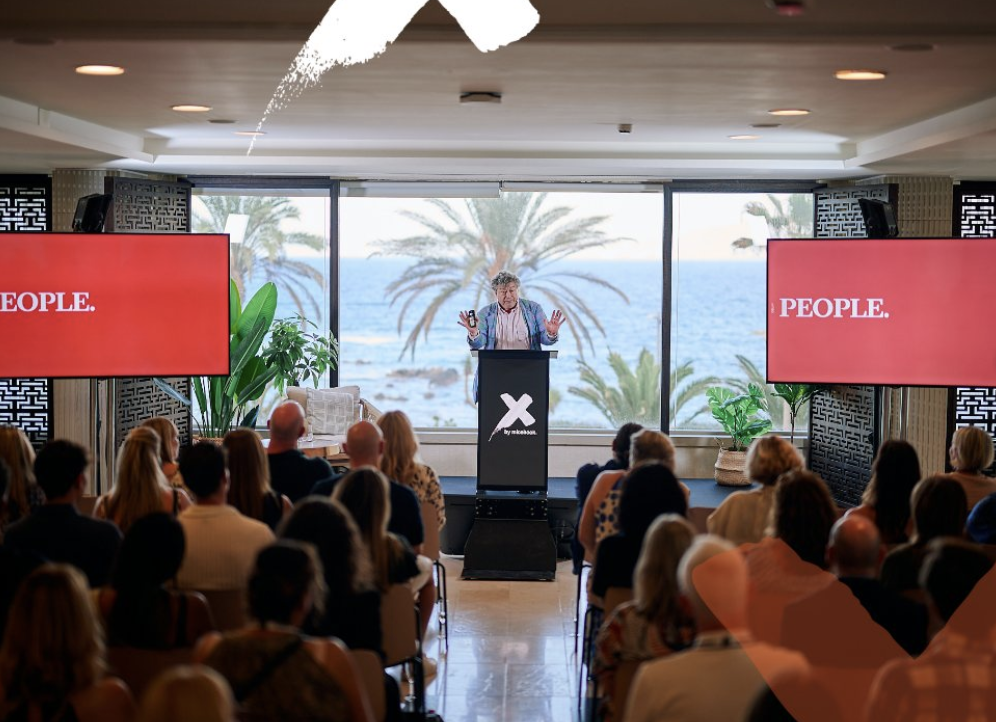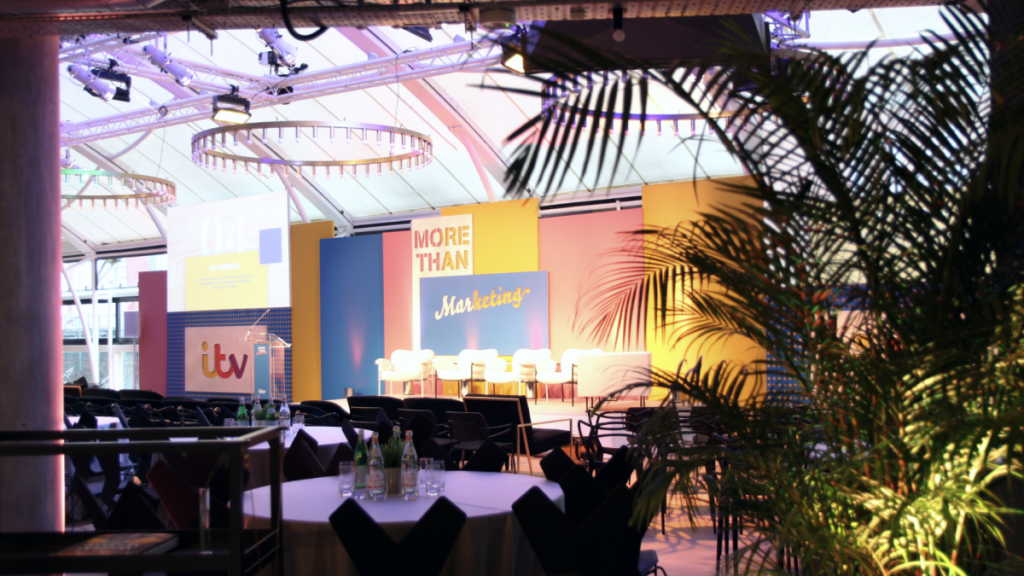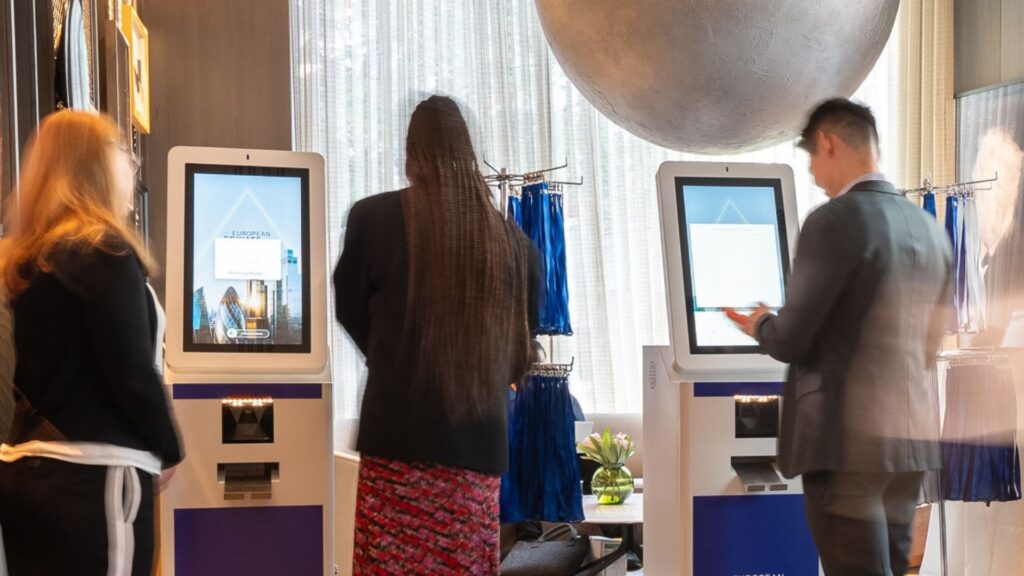Inside micebook X
How To Build Brand Stories With Sensory Experiences
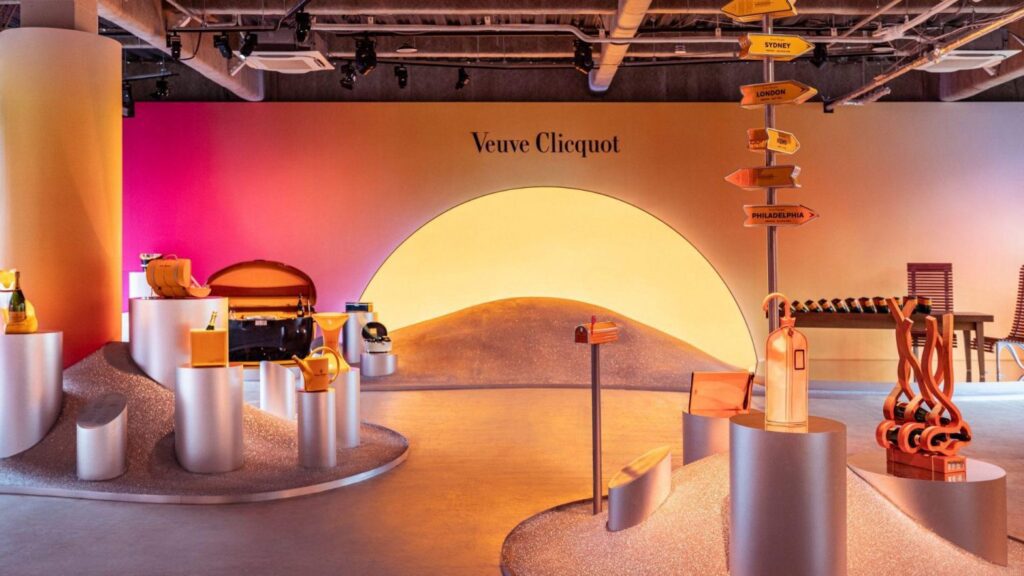
Experiences are defined as engaging customers in a memorable, and emotional way. The essence of experiences is that they give people special moments in time. Time away from the everyday, time to connect with others, or to mark milestones. And experience is a core ingredient of consumption, providing fun, feelings, and fantasies to the consumers who pursue it. In fact, 49% of people say they are more likely to buy from brands that bring them a sense of joy.
The key to creating brand experiences that leave your audiences feeling wonder and awe, and most importantly, connected to your brand, is immersion. Immersion occurs when customers are fully absorbed in the experience. It encourages the audience to pay attention to messaging and be present in the first place by shifting focus to body sensations over cognitive capacity. Not only this, but an immersive experience can directly change brand perceptions and sentiment, evoking associations between your brand and positive emotions.
But to create an immersive experience, you need to connect to your audience’s senses. When the senses are engaged, attention and recall increase. The ambience of a brand experience goes beyond merely signalling product quality; it unlocks memories and elicits positive associations. Have you ever seen a product, even online, and your brain knows the smell, taste, or feeling? That’s sensory marketing and a shining example is Krispy Kreme’s collaboration with Rhode Skin. It didn’t just show a strawberry scented product it invited customers to imagine the flavour and glaze of a familiar food experience.
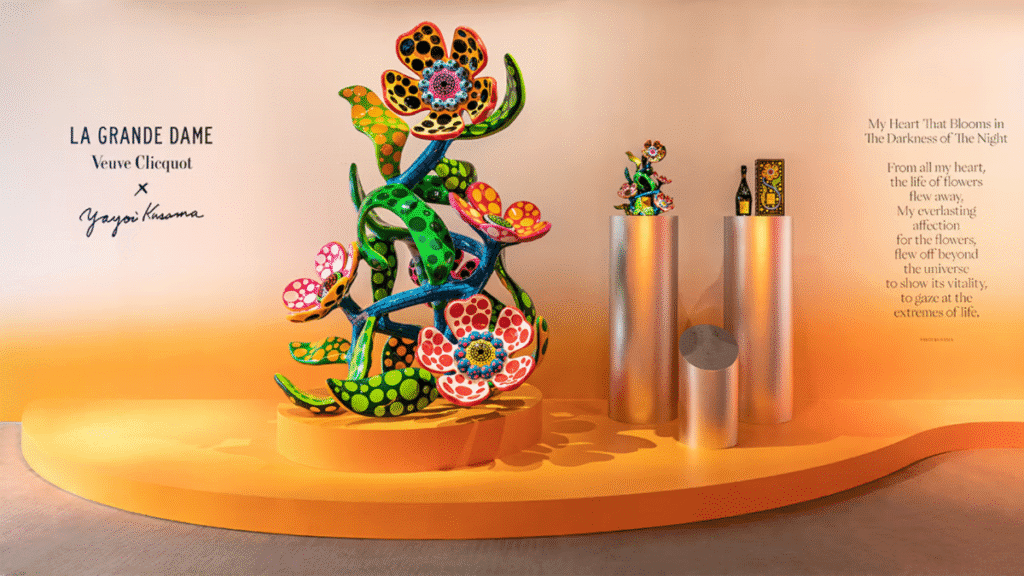
Sensory experiences are increasingly being used to forge deeper connections between brands and their audiences. Brands are going beyond visuals, tapping into all the senses to amplify immersion.
Experiences have always relied on attention grabbing visuals and atmospherics, bringing logos and colours into the physical and allowing customers to step into the tangible brand world.
Take the Solaire Culture exhibition, bringing Veuve Clicquot’s 250-year history and its iconic sunshine yellow branding to life as an ‘ode to joy’, extended like many luxury brands, with a ‘Sunny Side Up’ café.
Now brands are grabbing attention by amplifying their presence beyond an event – in café pop ups, into the sky and around the city on black cabs. In a visually crowded landscape, brands like The Outernet are using AR to create sensory moments. Their wraparound butterfly trail installation guides visitors through a botanical glasshouse, where they can use their smartphones to release AR butterflies.
Smell can be employed by event marketers to create more memorable experiences with recall post-event improving significantly for scents over visual stimulus. It’s a direct pathway to audience emotions, with many hotel brands creating signature aromas that cement the visit in memory, and scents tell stories. A wellness brand’s event is likely to smell like eucalyptus, whereas a summer themed launch might smell of coconuts. Interactive zones throughout an event can also immerse customers with Japanese skincare brand, Tatcha, creating a forest exhibit guiding attendees through forest bathing in a 4D experience with the scents of the Japanese forest.
Audible showed how the feeling of using a product can be bought to life through sensory experience. Their wellness activation centred on a train carriage filled with cherry blossoms, playing a calming audio experience. Sound set a different mood for M&G’s Annual Investment Forum through a kinetic installation, with the aim to energise attendees. The dynamic centrepiece made up of spherical lights was programmed to respond on beat to an opening soundtrack.
Whether it’s at a brand activation or a conference, brands are moving beyond what’s seen and into what’s felt to create immersive experiences. They are interactive, triggering emotions and sparking curiosity. They bring your brand to life and connect it customers on a deeper level. Need some help doing that? Get in touch.
